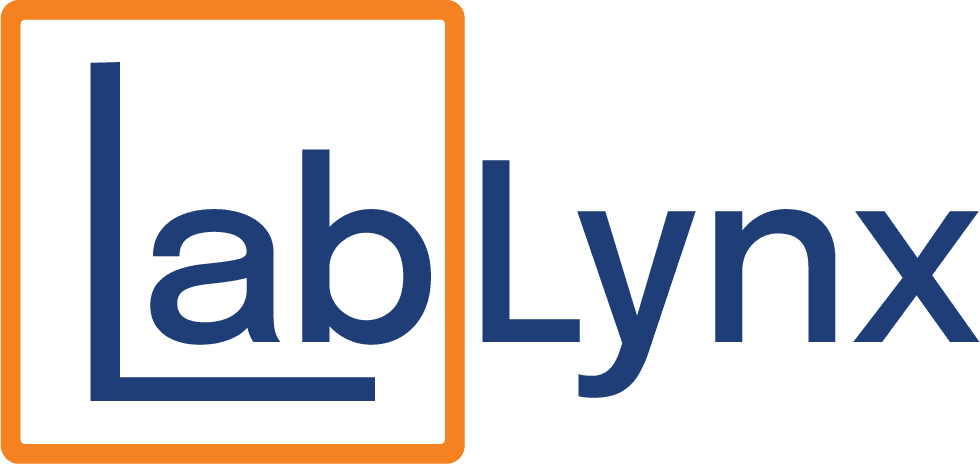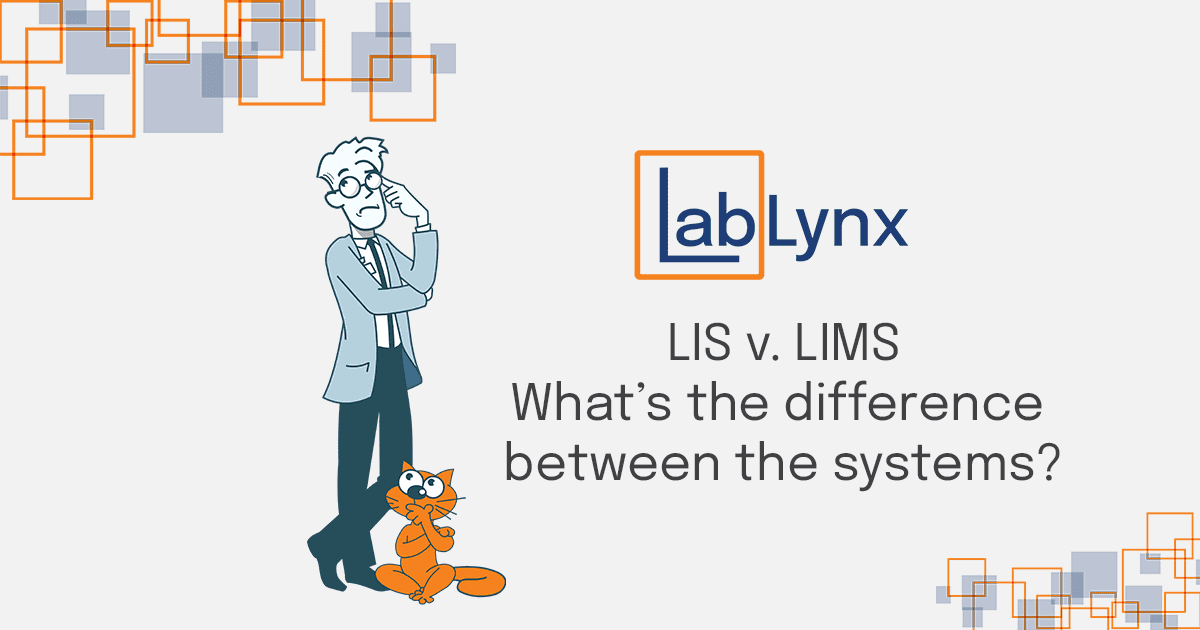
When labs begin their search for better data management, one of the first challenges they encounter is navigating a sea of acronyms—chief among them, LIS and LIMS. These two terms are often used interchangeably, but they serve very different purposes. Understanding what sets them apart isn’t just a technical detail—it’s essential to choosing the right system for your lab’s long-term success.
In this guide, we’ll walk through the differences between a Laboratory Information System (LIS) and a Laboratory Information Management System (LIMS), highlight where each one fits, and help you figure out which option—or combination—is best for your lab’s unique needs.
What Is a LIS?
A Laboratory Information System, or LIS, is built for clinical laboratories that manage patient data and diagnostic testing. These systems are deeply rooted in the healthcare industry, designed to streamline the flow of information between physicians, laboratories, and electronic health record systems.
LIS platforms manage patient samples from the moment a test is ordered to the point of result reporting and billing. They are tightly regulated, often needing to comply with standards like CLIA and HIPAA. Because they are focused on patient care, LIS systems emphasize security, traceability, and seamless communication with healthcare providers.
If you’re running a clinical or diagnostic lab where patient care is central to your operations, a LIS is likely a foundational part of your workflow.
What Is a LIMS?
In contrast, a Laboratory Information Management System, or LIMS, is built to manage samples, processes, workflows, and data—not patients. While a LIS supports healthcare testing, a LIMS is designed to support broader laboratory operations across many industries, including environmental testing, pharmaceuticals, biotech, agriculture, forensics, and research.
A LIMS helps labs organize everything from sample intake and test scheduling to quality control, inventory tracking, equipment calibration, and final reporting. It also supports regulatory compliance for industry standards like ISO 17025, FDA 21 CFR Part 11, and GxP, depending on the type of work being performed.
Modern LIMS platforms are highly customizable, making them ideal for labs that require flexibility, automation, and end-to-end visibility across the testing lifecycle.
The Key Differences
While both systems handle lab data, their core focus is different. A LIS is centered around the patient, while a LIMS is centered around the sample. That distinction shapes everything from how the system is designed to how it integrates with other tools and platforms.
A LIS typically integrates with electronic health records, handles medical billing, and operates within a tightly controlled clinical environment. A LIMS, on the other hand, integrates with lab instruments, automates testing workflows, and manages lab resources and processes.
For example, a diagnostic lab processing blood tests for hospitals would likely prioritize a LIS. A pharmaceutical lab conducting quality assurance testing across a manufacturing line would benefit more from a LIMS.
Can You Use Both?
Yes—and in some cases, you should. Some modern labs operate at the intersection of clinical and research workflows, requiring functionality from both systems. That’s why platforms like LabLynx offer customizable solutions that can support LIS-like functionality within a broader LIMS environment.
Rather than being forced to choose one or the other, many labs benefit from using a configurable LIMS Suite that includes tools for clinical data handling, regulatory compliance, and advanced operational control. For labs involved in R&D, scientific collaboration, or method development, pairing a LIMS with an Electronic Lab Notebook (ELN Suite) further enhances data organization, traceability, and innovation.
Why the Right Choice Matters
The difference between LIS and LIMS isn’t just academic. Choosing the wrong type of system can lead to significant inefficiencies, compliance issues, and frustration for your team. If your lab tries to force a patient-focused LIS into a sample-driven research environment—or vice versa—you’ll constantly hit roadblocks that slow down productivity and compromise accuracy.
Making the right decision starts with asking the right questions:
- Is your lab focused on patient testing or sample testing?
- Do you need integration with EHRs, or with lab equipment and quality systems?
- Are your workflows fixed and regulated, or flexible and evolving?
- Do you require robust inventory tracking, automation, and analytics?
Answering these questions will help clarify your needs and guide you toward the right solution.
LabLynx Gives You the Best of Both Worlds
At LabLynx, we know that every lab is different—and that flexibility is key. That’s why we built our LabLynx LIMS Suite to be modular, customizable, and industry-agnostic. Whether you’re running a high-throughput diagnostics lab, a biotech research facility, or an environmental testing site, our platform can be tailored to fit your workflow.
Need features common in a LIS? We’ve got them. Looking for ELN functionality to enhance collaboration and documentation? Our ELN Suite seamlessly integrates with your LIMS for a complete, connected experience.
Rather than forcing your lab to adapt to software, LabLynx adapts to you.
Final Thoughts
While LIS and LIMS both help labs manage information, their strengths lie in very different areas. A LIS supports clinical labs focused on patient diagnostics. A LIMS supports labs across all industries that need to manage samples, workflows, and operational efficiency. Understanding the difference—and choosing the system that aligns with your goals—can be the key to running a more effective, compliant, and future-ready lab.
Still not sure which direction is right for you? Let’s talk. Our team at LabLynx is here to help you evaluate your needs and design a solution that fits today—and scales for tomorrow.
Accelerate Your Lab's Success & Experience LabLynx
"*" indicates required fields
Explore the LabLynx Suites
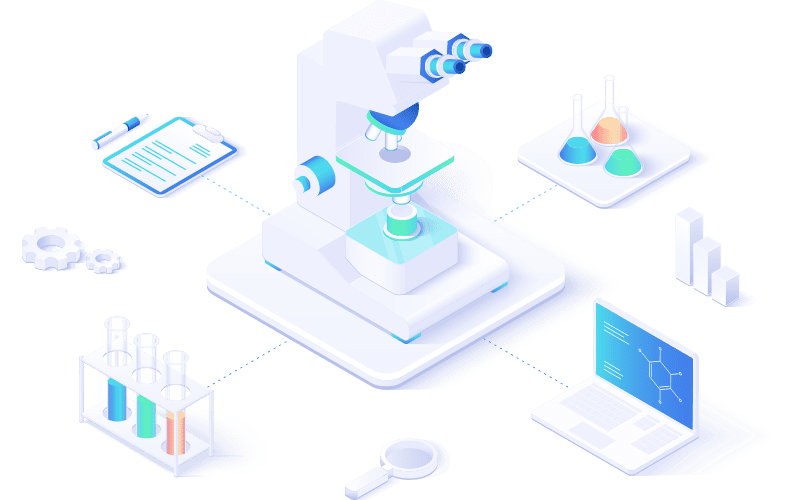
LIMS Suite
Seamless Sample and Workflow Management
The LabLynx LIMS Suite empowers laboratories with the tools needed to manage samples, workflows, compliance, and more in one centralized system. It’s the backbone for labs seeking efficient, reliable, and scalable management solutions.
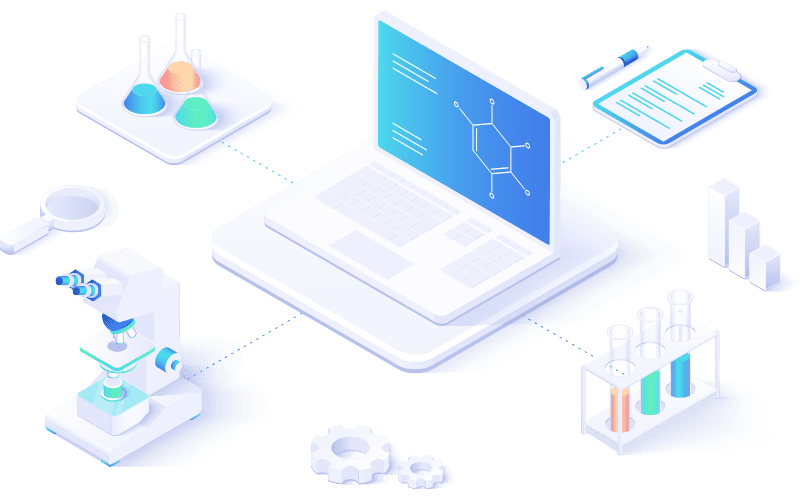
ELN Suite
The LabLynx ELN Suite offers a modern approach to managing lab data and experiments. With its secure, intuitive platform, your team can record, store, and collaborate effortlessly, supporting innovation every step of the way.
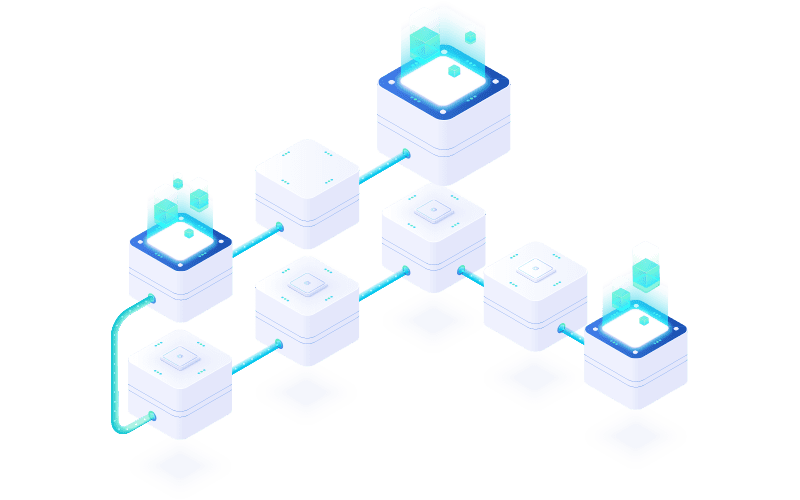
Lab Automation
Automate for Efficiency and Growth
Streamline operations and boost productivity with the LabLynx Lab Automation Suite. Designed for labs ready to embrace advanced automation, this suite integrates systems, instruments, and workflows to deliver efficiency at scale.
